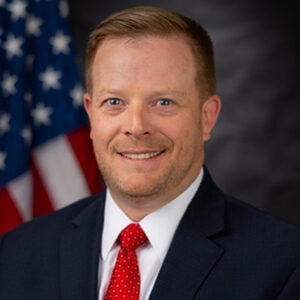The U.S. Environmental Protection Agency recently released its Enforcement Annual Results for Fiscal Year 2021 (https://www.epa.gov/
There are several things to consider when looking at the numbers. One is that these are Fiscal Year (FY) statistics, and FY 2021 includes nearly three months of the Trump Administration. Indeed, many of the significant accomplishments highlighted in the report are cases that were resolved during the Trump administration, including the $2 billion Clean Water Act settlement with the City of Houston, the $1.5 billion Clean Air Act settlement with Mercedes and Daimler, the $180 million Clean Air Act settlement with Toyota, the RCRA settlement with U.S. Magnesium to ensure the proper management of about 5.9 million pounds of waste, the $245 million Superfund settlement with Allied Paper in Kalamazoo, Michigan, and the $20 million lead paint settlement with Home Depot.
Many of the Agency’s accomplishments in the last three quarters of FY 2021 stem from efforts that were well under way before late January 2020. Many of the statistics are lagging indicators, such as criminal sentencing that occur months, if not years, after an investigation is initiated.
Another consideration is that EPA is still operating under continuing resolutions, and its performance is directly tied to its resources. EPA’s FY 2022 Budget Justification (https://www.epa.gov/sites/
EPA’s Office of Enforcement and Compliance Assurance is also still operating under an Acting Assistant Administrator because the Senate has not yet confirmed David Uhlmann to be the permanent Assistant Administrator. That is by no means a criticism of Acting Assistant Administrator Larry Starfield, who has served in many Regional and Headquarters positions, including the OECA Principal Deputy Assistant Administrator, for several decades. It is simply an observation that the Agency still lacks important political leadership that would help to implement the current Administration’s priorities.
Another consideration is the EPA’s focus on Environmental Justice (EJ) and Climate Change. As noted in EPA’s FY 2021 Enforcement Results, President Biden issued Executive Order 14008 on January 27, 2021, calling for a “whole of government approach” to the climate crisis and for EJ to be a part of the mission of every Executive Branch agency. Those directives were echoed in statements by the EPA Administrator in April 2021, and then incorporated into four memoranda issued by the Acting Assistant Administrator for EPA’s Office of Enforcement and Compliance Assurance. EPA’s focus on EJ is evinced by its new EJ comparison tables in the FY 2021 Enforcement Results, where certain categories of statistics are broken down further to show enforcement results in communities with EJ concerns.
Exactly how EPA’s focus on EJ and Climate Change will impact its future enforcement numbers will be interesting to see. The Agency has used CAA emergency orders and stated its intent to use these authorities and other tools, such as injunctive relief, to address environmental violations early in the process.
It is also fair for EPA to note that the COVID-19 pandemic continued to impact the Agency in FY 2021. It is true that the pandemic posed challenges for on-site inspections, for example, where inspectors and the regulated community had shared safety concerns. EPA adapted, in part, by focusing on off-site inspections, including using technology to perform virtual inspections of facilities. Still, EPA has not been immune from the same logistical challenges, like remote working, that other government agencies, the regulated community, and the public have faced since early 2020.
The following observations are made with respect to EPA’s data tables, which are copied below – although it is difficult to read the small print in this format. The tables are available at https://www.epa.gov/ enforcement/enforcement-
To view the tables and read the remainder of the blog, click here for the PDF.




